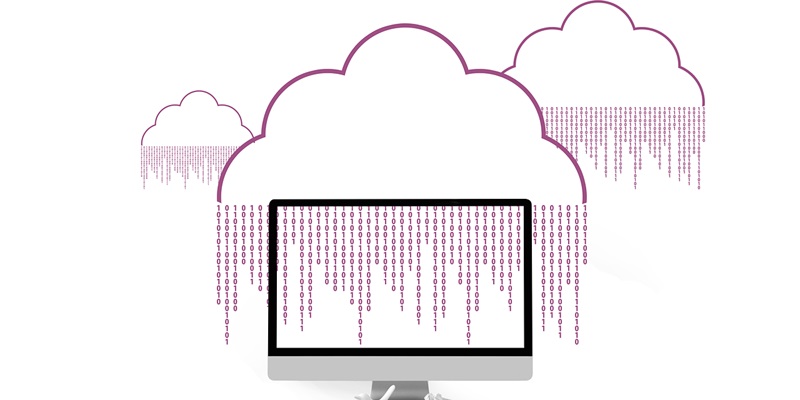In today’s rapidly evolving IT landscape, the advancements of DevOps and cloud technologies have undeniably revolutionized the way businesses operate. The agility and scalability offered by cloud platforms, coupled with the streamlined collaboration of DevOps practices, have become instrumental in driving innovation and efficiency. However, with the growing reliance on cloud solutions, ensuring robust security has become a critical concern. This article explores the concept of Cloud-Native Application Protection Platforms (CNAPP) and their role in achieving cloud-native security.
Cloud-Native Application Protection Platforms (CNAPP) is a security model specifically designed to address the security challenges faced in a cloud-dominated environment. It focuses on safeguarding cloud-native applications by integrating best security practices into the DevOps workflow. By bridging the gap between DevOps and security requirements, CNAPP enables organizations to maintain a high level of security without impeding the speed and agility of application development. Moreover, CNAPP facilitates the consolidation of different security tools and platforms, promoting efficiency and effectiveness.
Continuous Lifecycle Approach to Cybersecurity Defense
CNAPP adopts a continuous lifecycle approach to cybersecurity defense, ensuring that security measures are implemented and maintained throughout the application’s lifecycle. By embedding security as an integral part of the development process, CNAPP minimizes the risk of vulnerabilities being introduced at any stage.
One of the notable benefits of CNAPP is its ability to contextualize security information. It provides organizations with comprehensive visibility into the security of their cloud-native applications, allowing for better monitoring and detection of potential threats. This end-to-end security visibility empowers teams to respond swiftly and effectively to security incidents.
CNAPP enhances an organization’s security posture by facilitating tighter oversight and control over critical assets, such as secrets, containers, and workloads. This level of control ensures that only authorized entities can access and modify sensitive resources, reducing the risk of unauthorized access or data breaches. CNAPP not only consolidates security tools and platforms but also contextualizes the information gathered. It provides meaningful insights by analyzing security data within the context of the application and its infrastructure. This contextualization enables better decision-making and prioritization of security measures, improving overall risk management.
Components of CNAPP
Cloud Security Posture Management (CSPM) focuses on continuously assessing and monitoring the security posture of cloud environments. It ensures that cloud configurations align with security best practices, identifies misconfigurations, and helps remediate vulnerabilities promptly.
Cloud Service Network Security (CSNS)
CSNS is responsible for securing the network infrastructure of cloud-native applications. It ensures that network traffic is inspected, filtered, and protected against unauthorized access or malicious activities.
Cloud Workload Protection Platform (CWPP)
CWPP focuses on securing the workloads running on cloud platforms. It includes features such as intrusion detection, vulnerability management, and data protection mechanisms. These security measures keep workloads safe from threats and potential vulnerabilities.
Continuous Protection and Monitoring
CNAPP embeds security within the CI/CD pipeline, providing continuous protection and monitoring throughout the application’s lifecycle. It automates security checks, scans for vulnerabilities, and ensures that security measures are in place at every stage, from development to deployment.
Dynamic and Proactive Cloud Security
CNAPP enables dynamic and proactive security by automatically adjusting security controls based on the ever-changing cloud environment. It adapts to new threats, deploys patches promptly, and establishes proactive defenses to protect against emerging vulnerabilities.
Real-Time Threat Detection
CNAPP leverages advanced threat intelligence and real-time monitoring capabilities to detect and respond to security incidents promptly. By identifying and mitigating threats in real time, organizations can minimize the potential impact of a security breach.
App-Centric Security
CNAPP provides app-centric security, focusing on the specific needs and characteristics of each application. This approach ensures that security measures are tailored to the individual application’s requirements, providing the necessary level of protection without impeding its functionality or performance.
Automation and Orchestration Capabilities
CNAPP automates security tasks and orchestrates security processes, eliminating manual interventions and reducing human error. Automation enables organizations to respond swiftly to security threats and ensures consistent application of security policies across different environments.
The combined power of DevOps and cloud technologies has transformed the IT landscape, driving innovation and efficiency in organizations worldwide. However, as the cloud becomes increasingly vital, robust security measures are essential to protecting valuable assets and sensitive data. Cloud-Native Application Protection Platforms (CNAPP) offer a comprehensive and integrated approach to ensure cloud-native security. By providing continuous protection, end-to-end security visibility, and contextualization of security information, CNAPP enhances organizations’ ability to effectively safeguard their cloud-native applications. Embracing CNAPP empowers organizations to leverage the advantages of cloud and DevOps while maintaining a secure and resilient IT environment.

